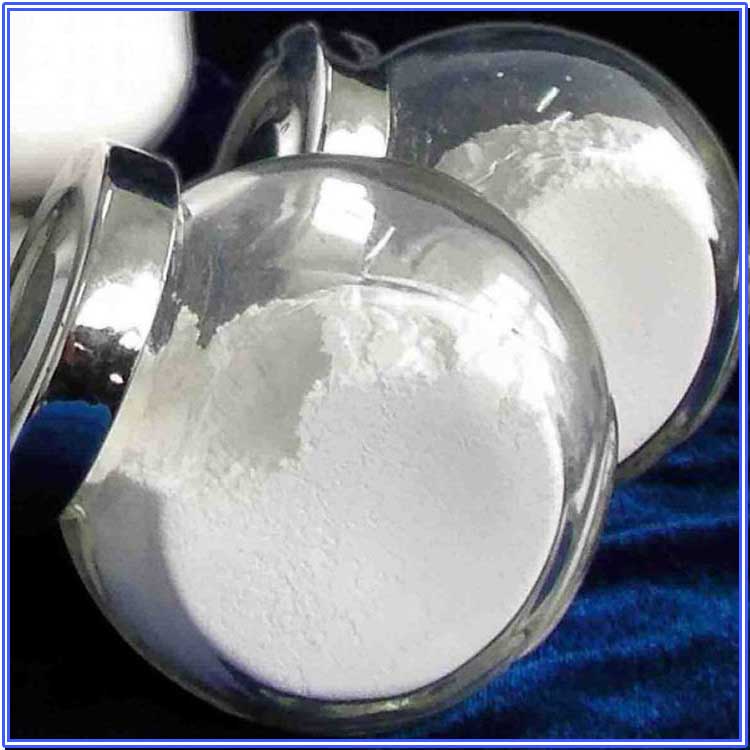Hebei Messi Biology Co., Ltd. stated that domestic cellulose acetate production mainly uses imported high-purity magnesium oxide from foreign companies, and then gradually uses high-purity magnesium oxide from magnesite in Northeast China as a substitute. In 2017, with the increase in environmental protection efforts, magnesite in Northeast China was banned from mining due to dust pollution and other reasons, and domestic cellulose acetate production companies began to use domestic brine-processed magnesium oxide. From the usage situation, cellulose acetate production requires brine-processed magnesium oxide to meet the following quality requirements.
Hebei Messi Biology Co., Ltd. stated that the requirements for high-purity magnesium oxide in cellulose acetate production are stricter than the technical indicators of HG/T2573-2012 “Industrial Light Magnesium Oxide” and are also higher than this standard. This is due to the actual needs of cellulose acetate production and the quality requirements of cellulose acetate. When developing high-purity magnesium oxide products for cellulose acetate production, these indicators should be highly valued, and efforts should be made to study and improve the magnesium oxide production process to meet the indicator requirements.

(1) High reaction activity and fast reaction temperature rise. The main use of magnesium oxide is to prepare magnesium acetate solution. This requires that magnesium oxide has high reactivity, fast reaction speed in acetic acid solution, fast reaction temperature rise, and rapid completion of the reaction. The calcination temperature should be reasonably controlled during the production of magnesium oxide to prevent dead burning and other factors that affect the reaction activity.
(2) The magnesium oxide content is not less than 99.4%. The high magnesium oxide content and less impurities will increase the reaction activity accordingly. There will be fewer impurities after the reaction, which is conducive to the filtration of magnesium acetate solution and avoids bringing impurities into cellulose acetate, which will affect the product quality. Cellulose acetate production places high purity requirements on magnesium oxide.
(3) The calcium content (measured in CaO) is not more than 0.3%. The purpose of controlling the calcium content under the premise of high purity is still to further control impurities.
(4) The particle size is not less than 96 mesh. The control of particle size is to prevent fine-particle magnesium oxide from generating a large amount of dust during the feeding process and adhering to the wall of the vent pipe, causing pollution or failure; the second is to worry that the small particle size will cause magnesium oxide powder to float on the acetic acid solution, resulting in uneven reaction and affecting filtration.
(5) Iron content (measured as Fe2O3) is not more than 0.08%. Cellulose acetate production requires cellulose acetate to have a higher whiteness, so it is required to reduce the components in the raw and auxiliary materials that affect the whiteness of the product as much as possible. The iron content index is the key indicator.
(6) Alkalinity is not less than 98%. Usually, when the purity of magnesium oxide meets the requirements, the alkalinity exceeds 98%.
(7) Bulk density is not less than 0.65g/cm3. The requirement for bulk density is mainly to avoid the light and fine magnesium oxide powder from being smoothly added to the acetic acid solution, affecting the reaction process and causing trouble for the filtration process.
(8) Chloride ion content is not more than 0.02%. The equipment used in cellulose acetate production is made of stainless steel. High chloride ion content will aggravate equipment corrosion. The chloride ion content of various raw and auxiliary materials is strictly controlled during production.
(9) Acid insoluble matter is not more than 0.2%. It is mainly to further reduce impurities. During the production of magnesium oxide, attention should be paid to controlling dust pollution. Usually, the content of vinegar insoluble matter is extremely low.
